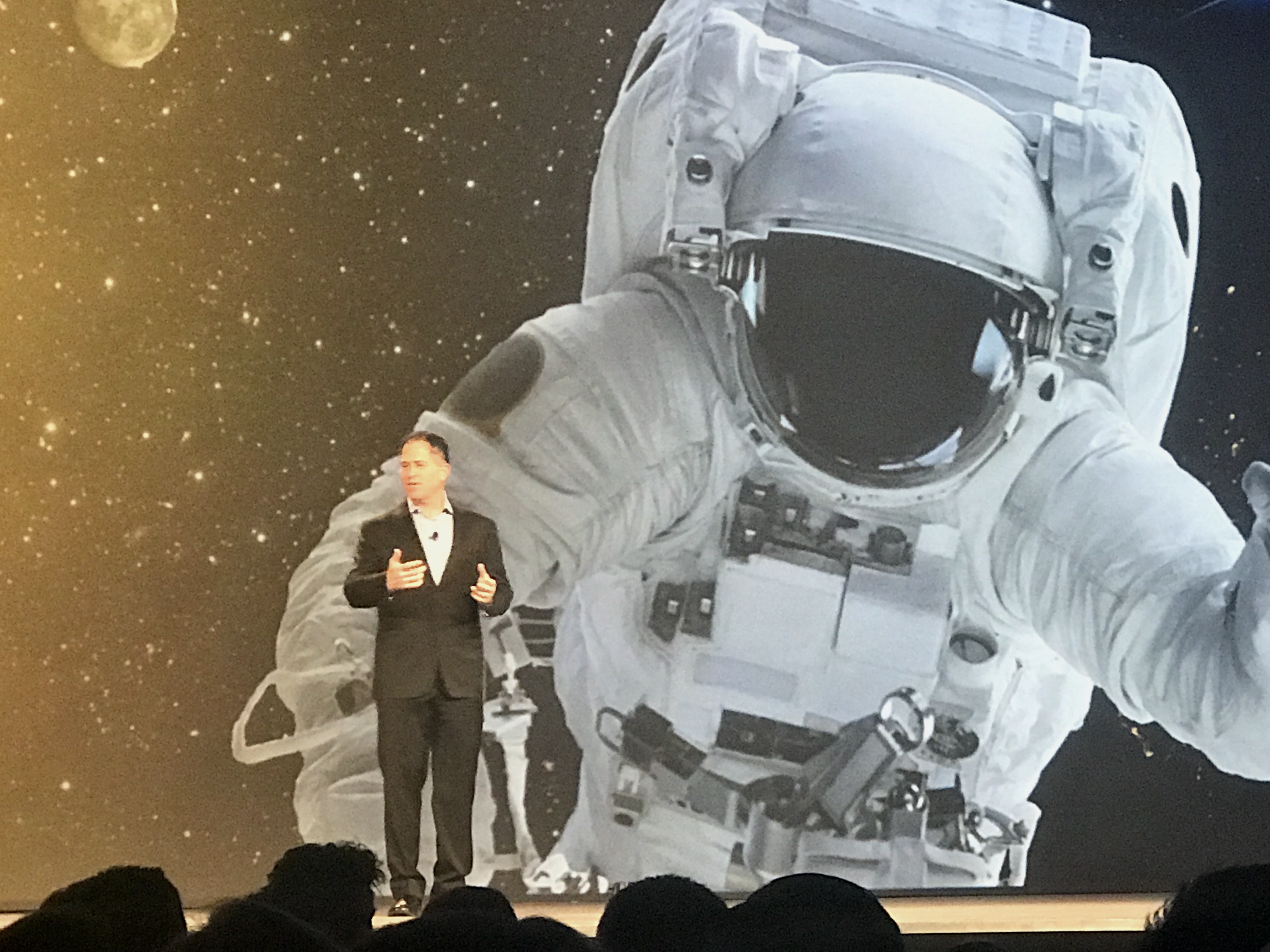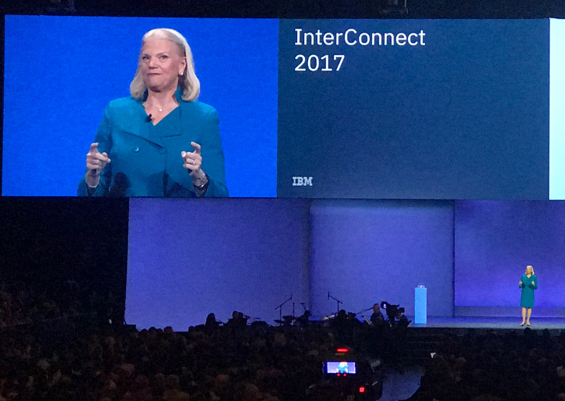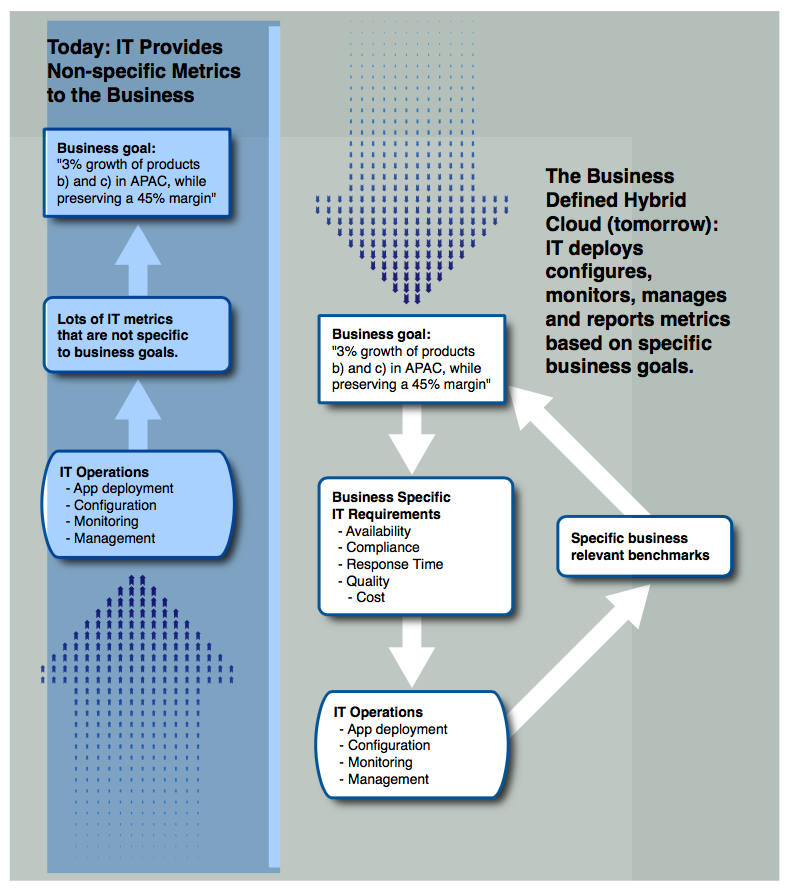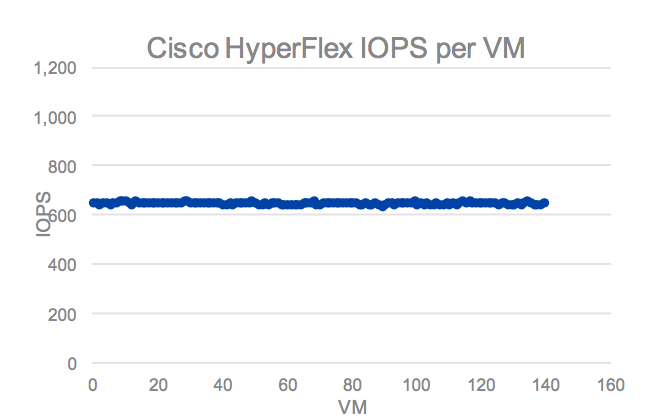Top 5 Reasons You’re Spending Way Too Much Time, Energy, and Money on Modern Endpoint Management
By Steve Brasen on Nov 26, 2019 9:47:50 AM
Microsoft Pulling ahead of Amazon with its fully Managed Kubernetes Offering
By Torsten Volk on Oct 25, 2017 9:00:55 AM
Azure Container Service (now AKS where the K stands for Kubernetes) is now offers managed Kubernetes as Tech Preview. This new service provides single-line install (az aks create –n myCluster –g myResourceGroup), automated upgrades, self-healing, and scaling. Microsoft promises that the Azure control plane for Kubernetes will remain free (AWS charges for management servers), with customers only paying for worker nodes running applications. Like all other major vendors, Microsoft declares Kubernetes the winner of the container orchestrator and scheduler race and stresses its contribution to the open source project (only 37 commits, compared to 114 by IBM, 668 by Red Hat, and 1543 by Google as of October 25, 2017). Microsoft also stresses the importance of its Draft project (acquired through Deis) to make Kubernetes accessible to developers without any container experience. Today, Amazon does not offer managed Kubernetes, but it is expected that there will be an announcement in this regard at re:Invent in November.
Top 3 Guidelines for Leveraging Machine Learning and Artificial Intelligence to Lower OPEX and Increase Competitiveness
By Torsten Volk on Oct 2, 2017 11:40:35 AM
“Machine learning (ML) today is frustrating. There is so much potential and the algorithms are all there, but I just do not know how I can leverage it for my organization,” says the CTO of a major professional services firm. “My CEO wants me to ‘leverage ML to lower OPEX and differentiate our service offerings, but there is nothing out there in the market that would allow me to get this done in a manner that has a high probability of success.” Then of course he asks me what I would do and where I would start, because the guy with “Machine Learning and AI” in his job title must know for sure…
Dell EMC World – The Easy Button for Digital Transformation
By Torsten Volk on May 15, 2017 8:44:12 AM
“It feels like magic but it is technology,” and “we will help transform every company into a software company,” were the two quotes by Michael Dell that best summed up the spirit of Dell EMC World 2017. These statements show the genuine excitement of a seasoned tech executive to attack the next challenge of his career: merging the Dell EMC brands -Pivotal, VMware, RSA, SecureWorks, and Virtustream- into one highly differentiated IT powerhouse.
New EMA Research: 68% of Enterprises are Evaluating Containers TODAY
By Torsten Volk on Apr 27, 2017 12:59:03 PM
EMA's latest research shows that 68% of enterprises are in the process of evaluating container technologies. Why is everyone today so fascinated by containers? It reminds me of the OpenStack-mania in 2013. At the time I was convinced that VMware had set out to crush the hype, while IBM, Rackspace and a ton of VC funded startups oversold OpenStack to the highest degree. I still have my collection of USB sticks with OpenStack distributions from Piston, Mirantis and friends. Claiming that all I had to do was plugging these sticks into any piece of metal and I'd have Amazon EC2 running right under my desk was not a great idea and ultimately lead to a degree of frustration that made the Microsoft and VMware tax look attractive and ultimately turned Amazon Web Services into a $4.5 billion business.
Microsoft Challenges Amazon and Google with Deis Acquisition
By Torsten Volk on Apr 10, 2017 1:26:33 PM
One week after the GA of Azure Container Registry and only two months after the availability of Kubernetes on Azure Container Service, Microsoft acquires Deis, the guys who make open source Kubernetes management software (Helm, Steward and Workflow), from PaaS Cloud Provider Engine Yard. The Deis slogan is “making Kubernetes easy to use.” With the Deis acquisition Microsoft obtains talent and technologies to successfully compete in the container arena. Infusing Windows, Visual Studio, Azure and OMS with easy container management capabilities is key for Microsoft to catch up with AWS and stay ahead of Google Cloud Platform.
InterConnect 2017 – Showing off a whole New IBM
By Torsten Volk on Mar 24, 2017 10:31:12 AM
"Today, a dev team leveraging Kubernetes containers can get a cloud app up in minutes." This statement by Arvind Krishna, IBM’s GM for Hybrid Cloud, at the beginning of his InterConnect 2017 keynote should have received a lot more recognition than it did. This one sentence shows the fundamental shift in IBM’s strategy, away from the old Tivoli-centric IT ops company and toward a modern DevOps-focused organization that is looking for differentiation up the stack. Today’s IBM encourages developers to deploy entire application environments without IT administrators even being aware.
The Business Defined Hybrid Cloud – Or Why the Software Defined Data Center Needs a Brain
By Torsten Volk on Mar 15, 2017 10:49:46 AM
Let us look at a hypothetical example to better understand the difference between the traditional bottom-up approach to hybrid cloud management and the new business-driven paradigm. In Q4 of 2016, a bank wants to gain a 3% market share in North America with its trading tools directed toward savvy end customers that are between 30 and 40 years old, have an average household income of over $100k, and live in California. After reaching the Q4 goal, this same bank sets itself the new objective of defending its IRA market share against aggressive competition in California.
Cisco Is Turning Enterprise Pets into Scale Out Cattle
By Torsten Volk on Mar 7, 2017 11:01:31 AM
When we think back to why everyone’s favorite child named OpenStack failed so miserably to catch on in all but the largest enterprises, the conversation comes back to one central topic: OPEX. This topic consists of multiple dimensions:
Windows 10…One Year Later
By Steve Brasen on Aug 18, 2016 1:58:29 PM
Time flies when you’re upgrading operating systems. It has officially been a year since Microsoft introduced Windows 10 to much fanfare and approbation. Acceptance of the platform was almost immediate, with many users simply grateful to migrate away from the much-maligned Windows 8 environment. At the core of the problems with the previous edition of Microsoft’s flagship OS was that the GUI was designed to function more effectively on a tablet than on a PC, which infuriated users who had grown used to the Windows 7 look and feel on their laptops and desktops. The release of Windows 10 gave Microsoft’s core audience exactly what it wanted—a unified code base that enables the same applications to be employed on all device architectures (desktops, laptops, tablets, and smartphones) while retaining the look and feel of the classic Windows 7 desktop that they had come to appreciate.











